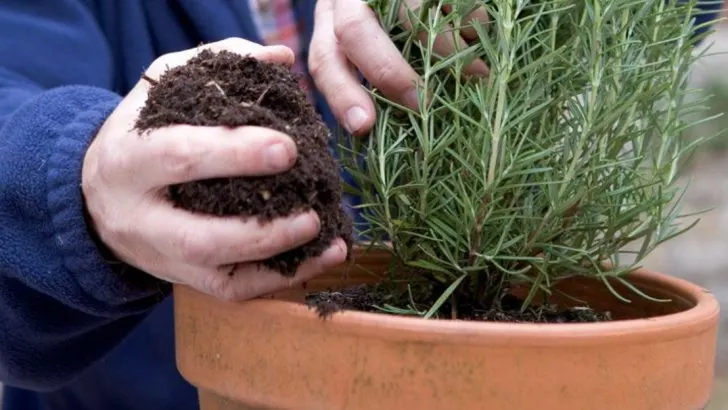Stop murdering your rosemary—and start growing fragrant legends! You’ve lost count of the brown, brittle stems. You’ve tried every watering hack known to gardeners. Your windowsill herb looks like a crime scene. Let’s cut through the chaos. Root rot throws a party in soggy soil. Sunlight ghosting your plant is a mortal sin. Winter drafts stage a frost-bitten coup. Irrigation blunders deserve a dramatic rewrite. In this guide, 13 undercover killers will be exposed. From cramped pots to phantom chill pockets. You’ll learn to tweak light, water, and soil pH like a herb whisperer. Your rosemary will reward you with needle-sharp leaves and heady scent for seasons to come. No more helpless herb casualties. Every tip here is battle-tested in sun, rain, and kitchen chaos. Grab a trowel, dust off your gloves, and transform tragedy into triumph. Rosemary royalty awaits.
Overwatering Woes

Too much love can drown your rosemary. Overwatering is a frequent mistake, causing root rot. Rosemary prefers dry, well-drained soil.
Consider this: feel the top inch of soil. If it’s dry, it’s time to water. Otherwise, hold back.
Remember, rosemary originates from Mediterranean climates where drought is common. Mimic these conditions to keep your plant healthy. By avoiding soggy roots, you’ll see your rosemary flourish, maintaining its robust aroma and flavor. Let the soil breathe, and your plant will thank you!
Poor Light Conditions
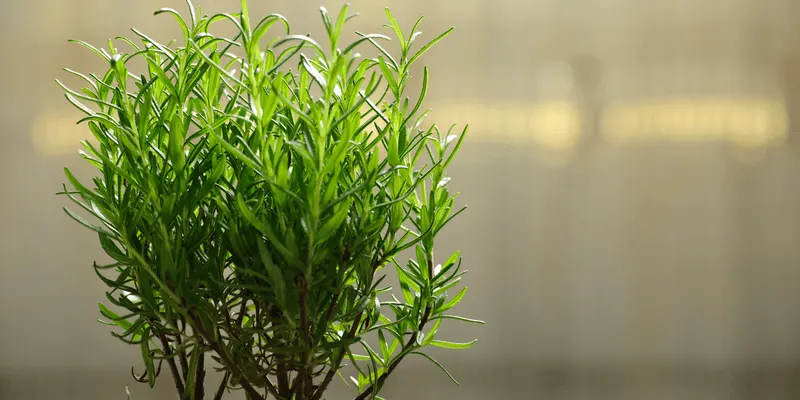
A sun-seeker by nature! Rosemary craves sunlight, needing at least six to eight hours daily.
Lack of light leads to leggy growth and weak plants. Place your rosemary in a south-facing window or outdoors when possible.
You could even utilize grow lights in the absence of natural sunlight. Ensure no shade obstructs the light source, as insufficient light diminishes its essential oils, weakening the plant. Provide it with the sunshine it deserves, and watch it thrive vigorously, exuding rich scents and lush foliage.
Incorrect Soil Type
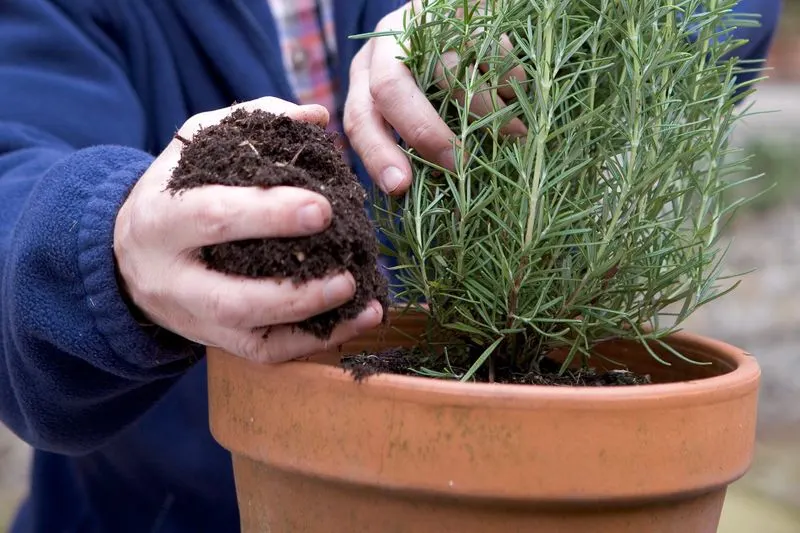
Is your rosemary sinking in quicksand? Dense, clay-heavy soil stifles root growth, leading to poor health. Rosemary thrives in sandy, well-draining soil.
Mix perlite or sand into potting soil for optimal drainage. This change can transform your plant’s life, preventing water stagnation and encouraging root expansion.
Healthy roots translate to a vibrant plant, rich in essential oils. Observe its newfound vitality as it bursts with life and flavor. Proper soil isn’t just a foundation; it’s the key to thriving rosemary.
Cold Weather Exposure

Beware the winter chill! Rosemary is sensitive to cold, often succumbing to frost. Shield it from harsh weather by bringing it indoors during winter months.
If outdoor planting is necessary, consider using frost cloths or windbreaks to protect it.
A little warmth goes a long way in preserving your rosemary’s vitality, allowing it to thrive. By maintaining a stable temperature, you’ll ensure a healthy plant that continues to enrich your dishes with its aromatic touch, no matter the season.
Inadequate Pruning
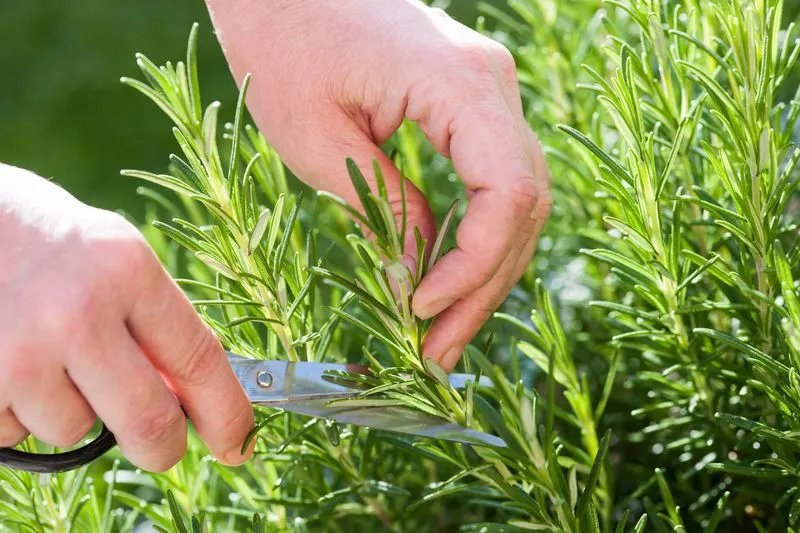
Let it grow, but not too wild! Regular pruning is the secret to a lush rosemary plant. Neglecting this simple task leads to woody, unproductive growth.
Trim back the stems to encourage bushiness and prevent legginess.
Think of pruning as a haircut: it revitalizes the plant, promoting new shoots and maintaining its delicate balance. By fostering fresh growth, your rosemary remains a vibrant, fragrant addition to your garden, offering its culinary magic for years to come.
Pests and Diseases

Tiny invaders spell trouble! Pests like aphids and spider mites can wreak havoc on rosemary. Regularly inspect leaves for any signs of infestation.
Early detection is crucial to prevent widespread damage. Consider natural pesticides or neem oil for effective control.
Healthy rosemary is resilient, but vigilance is key. Protect it from these unwanted guests to preserve its zest and vigor. Keep your plant clean and pest-free, ensuring its aromatic leaves remain a staple in your kitchen.
Nutrient Deficiency
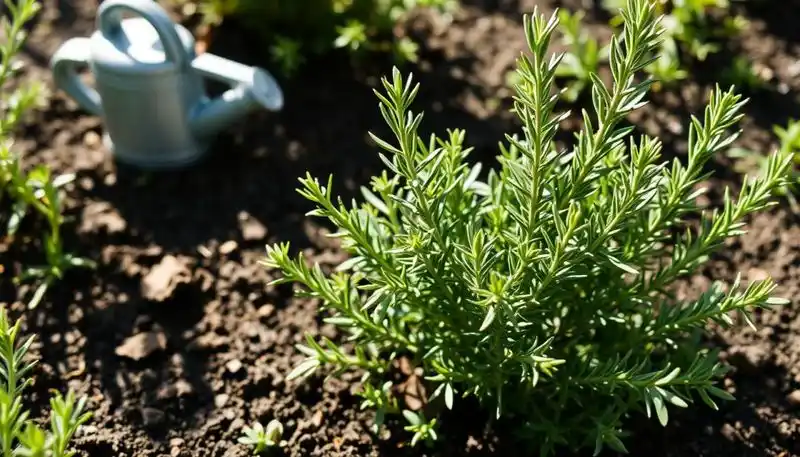
Is your rosemary looking pale? Yellowing leaves can signal nutrient deficiency. Ensure it’s getting the essentials, particularly nitrogen, phosphorus, and potassium.
Regularly feed with a balanced fertilizer to keep it thriving.
Healthy nutrition isn’t just for humans; plants need it too! By addressing these deficiencies, you’ll see a more robust, flavorful rosemary. Its green, luscious leaves will be a testament to proper care, enriching your culinary endeavors with added zest and aroma.
Improper Pot Size
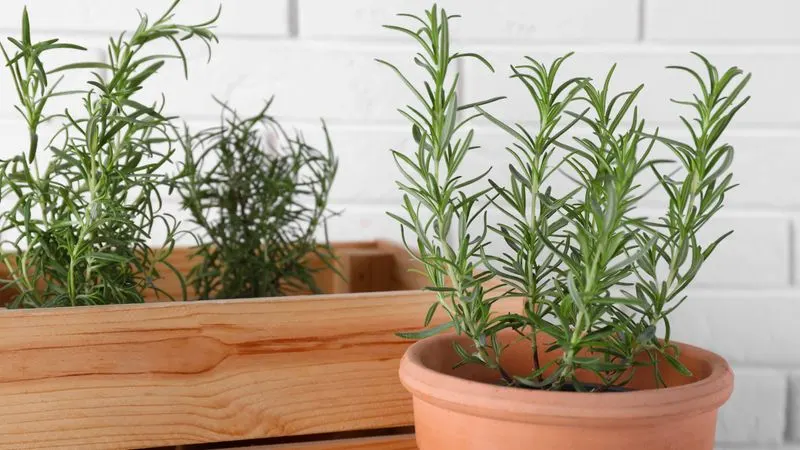
Feeling cramped? Rosemary appreciates room to grow. A pot that’s too small restricts its roots, stunting growth.
Consider repotting into a larger container when roots appear. This newfound space fosters healthy root development, leading to a more vigorous plant.
Think of it as giving your rosemary a mansion! With ample room, it will thrive, rewarding you with an abundance of aromatic leaves. Proper pot size is more than aesthetics; it’s crucial for long-term health and flavor.
Lack of Humidity
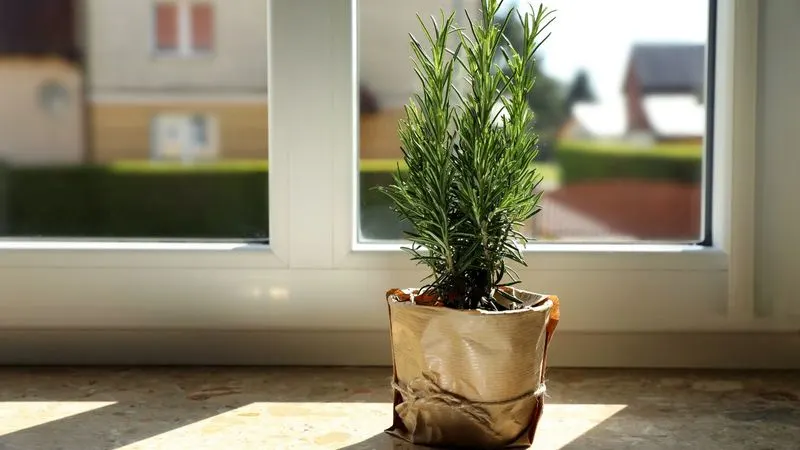
Dry air can sap life from rosemary. It’s ironic, considering its Mediterranean origins, but rosemary enjoys a touch of humidity.
Indoor settings can be particularly dry, so misting the plant or using a humidity tray can help.
Your plant will appreciate the effort, thriving in an environment that mimics its natural habitat. Keep its leaves lush and aromatic, ready to add a burst of flavor to your cooking. A little moisture makes a big difference!
Contaminated Water Supply
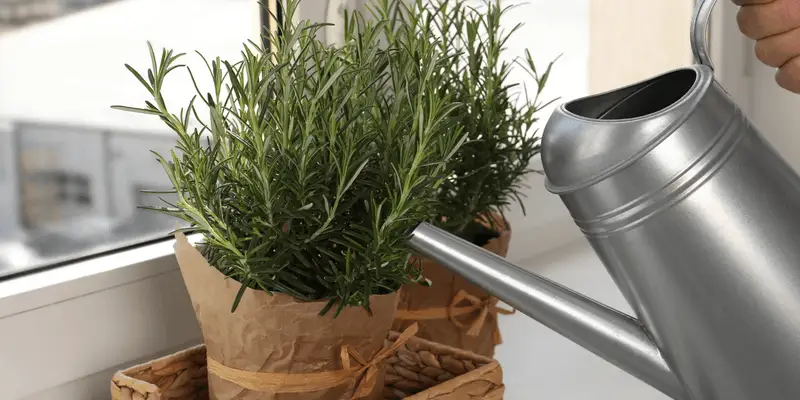
Water quality matters! Rosemary’s sensitive to contaminants like chlorine and fluoride often found in tap water.
Consider using filtered or rainwater for a healthier plant.
This change can make a significant difference, preserving its flavor and vitality. Just like us, rosemary benefits from clean, pure water. It ensures that your plant remains a robust, flavorful addition to your garden, delighting your senses with its aromatic offerings.
Excessive Fertilization
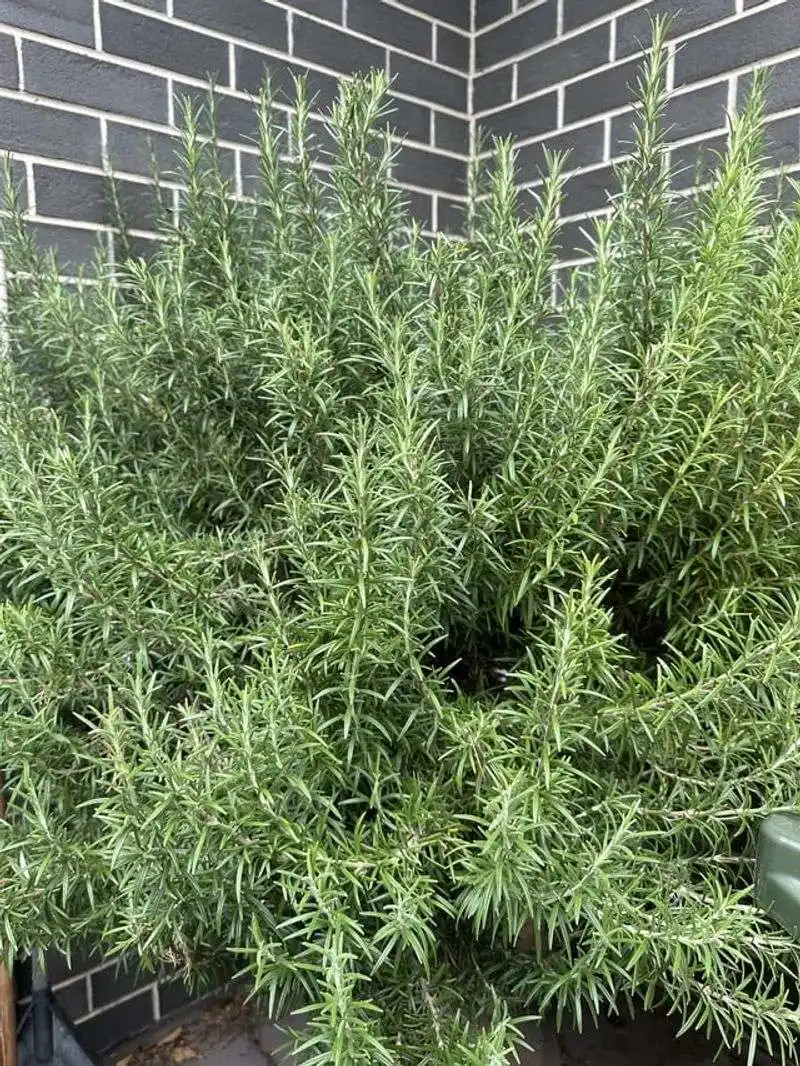
Too much of a good thing can be harmful! Over-fertilizing leads to lush but weak growth. Rosemary prefers a more modest feeding schedule.
Use fertilizers sparingly, opting for a balanced mix.
You’ll maintain its strength and flavor, avoiding the pitfalls of excessive nutrients. By finding the right balance, your rosemary will thrive, offering robust, aromatic leaves perfect for culinary use. Remember, less is often more when it comes to feeding this aromatic herb.
Transplant Shock
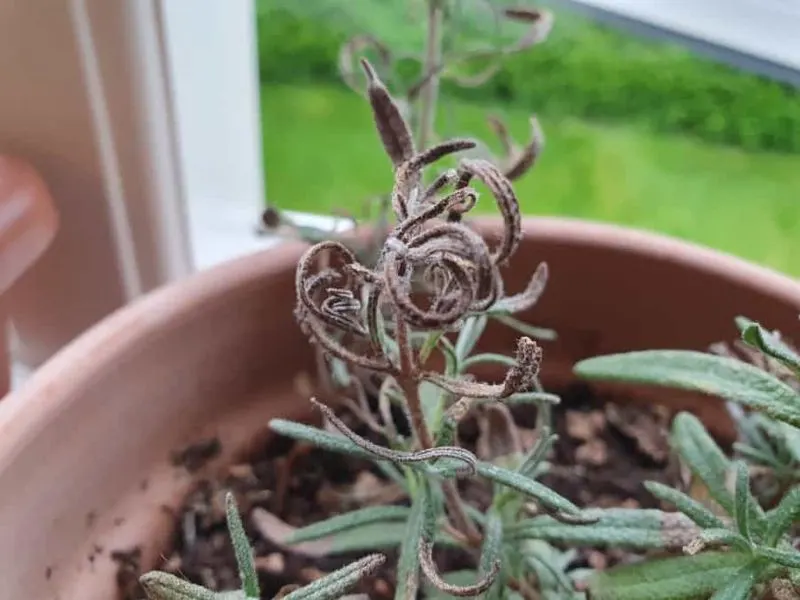
A new home can be daunting! Transplanting can stress rosemary, causing droopiness. This shock is normal but manageable.
Water thoroughly and allow time for adjustment. Ensure the new environment mimics its previous conditions.
Patience is key. As it settles, your rosemary will regain its vigor, ready to infuse your dishes with its signature aroma. The transition might be challenging, but the rewards of a thriving plant are well worth the wait.
Neglecting Seasonal Care
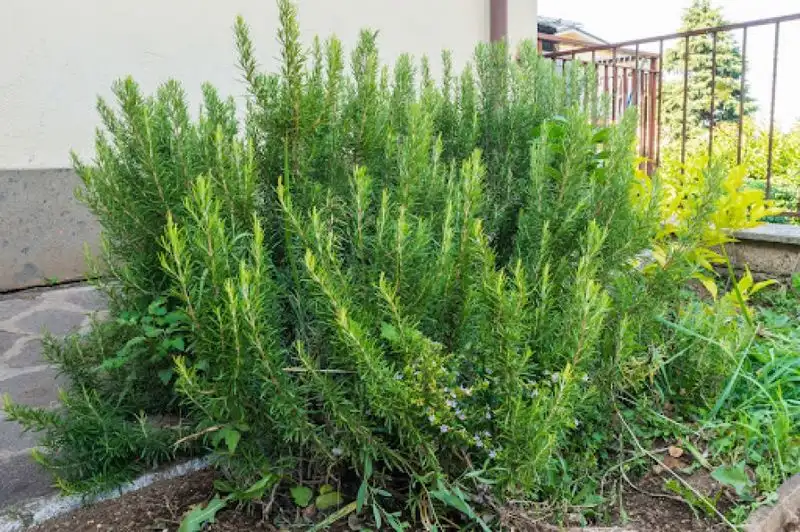
Seasons change, and so should your care. Rosemary requires different attention throughout the year.
Adjust watering and feeding according to the season to keep it healthy.
Awareness of seasonal needs ensures that your rosemary stays vibrant and productive, ready to spice up your culinary creations. Embrace the changing seasons as an opportunity to refine your care routine, resulting in a flourishing, aromatic plant.

